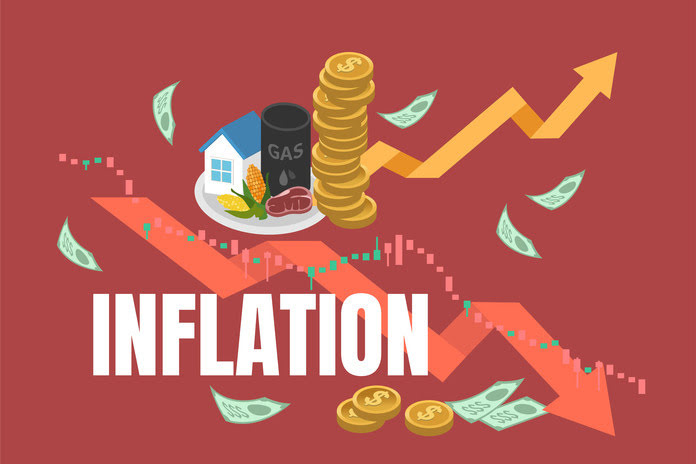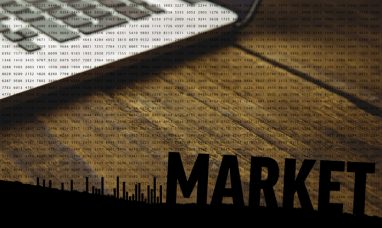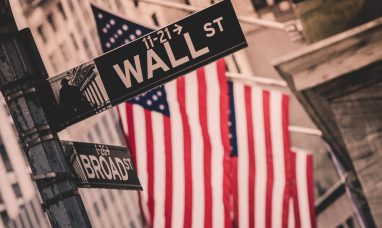The United States has witnessed a notable decline in inflation over the past year, with the rate plummeting from 9% to 3%, a relief for a nation that had been grappling with rising prices for more than two years. However, the task ahead is far from easy, as the journey toward reaching the Federal Reserve’s 2% target rate is expected to be a challenging and gradual process.
Transitioning to a Soft Landing
While overall inflation has shown a downward trend, a metric known as “core” inflation, excluding the volatile elements of food and energy prices, remains even higher. This core inflation is likely to recede at a slower pace. The Federal Reserve closely monitors core prices as an indicator of potential inflation trends. In June, core prices recorded a 4.1% increase from the previous year, according to the Fed’s preferred measure.
“We foresee certain challenges in swiftly bringing this down to 2%,” stated Michael Hanson, senior global economist at J.P. Morgan.
The persistent nature of inflation raises concerns about the feasibility of the Federal Reserve achieving a rare “soft landing.” This scenario entails curbing inflation to the target level through interest rate hikes without jeopardizing the economy. Prolonged elevated inflation might compel the Fed to raise its current key rate of 5.4%, the highest in 22 years. Most economists believe that the central bank’s rate hikes could halt if inflation continues to cool.
Acknowledging Easing Inflation Pressures
Despite the complexities, the Federal Reserve has acknowledged the significant reduction in inflation pressures over the past year. The welcome slowdown has occurred concurrently with the nation’s economic expansion and steady employment growth.
As the government prepares to release July’s inflation data, economists anticipate a slight uptick in year-over-year inflation to 3.3%. This potential increase follows a year of continuous declines.
Gas prices play a role in this potential rebound in inflation, and unless they ease, they could keep overall inflation above 3% until year-end. The national average pump price has recently risen by approximately 30 cents, reaching $3.83 due to an increase in oil costs.
Challenges and Factors Impacting Inflation
Several challenges hinder the pursuit of reducing inflation to the Federal Reserve’s 2% target. The initial slowdown in prices resulted from changes that might not recur. Gas prices had already dropped from a peak average of $5, and supply chain disruptions affecting the prices of cars, furniture, and appliances have largely resolved. The cost of long-lasting manufactured goods even saw a slight decline in June compared to the previous year.
The inflation surge in the first half of 2022, followed by a slowdown in the latter half, contributes to a potential year-over-year inflation rate increase in July. Furthermore, rising service costs, encompassing dental care, auto insurance, restaurant meals, and entertainment events, are driving current price increases. These costs often mirror wage gains for workers, which can lead to higher prices for consumers.
Looking Ahead: Mixed Signs and Future Outlook
The dynamics of hiring and wages are exhibiting signs of deceleration, a potential catalyst for cooling inflation in the long run. Despite adding 187,000 jobs in July, job growth has slowed, averaging only half the pace of the previous year over the past three months. Wage growth also dipped to 4.6% in the April-June quarter, marking its slowest pace in a year and a half.
Federal Reserve Chair Jerome Powell cautiously expressed optimism about the prospect of a soft landing. He noted the beginnings of disinflation without significant labor market disruptions, which he deemed favorable.
However, the resilience of the post-pandemic economy, characterized by consistent consumer spending, raises concerns. Economists speculate that a substantial rise in unemployment might be necessary to reverse this spending trend and finally conquer inflation.
With political pressure mounting, the Federal Reserve faces scrutiny for its rate hikes and potential consequences for the job market. The challenge of steering inflation downward continues, with the central bank owning the responsibility for the forthcoming phase of the process.
In conclusion, the journey toward reducing inflation in the United States is a multifaceted endeavor. It requires a careful balance between economic growth, employment, and the cost of living. While challenges persist, there are indicators of progress. The path ahead remains uncertain, with the Federal Reserve navigating a complex landscape to achieve its inflation target.
Featured Image: Freepik @ schixz

















